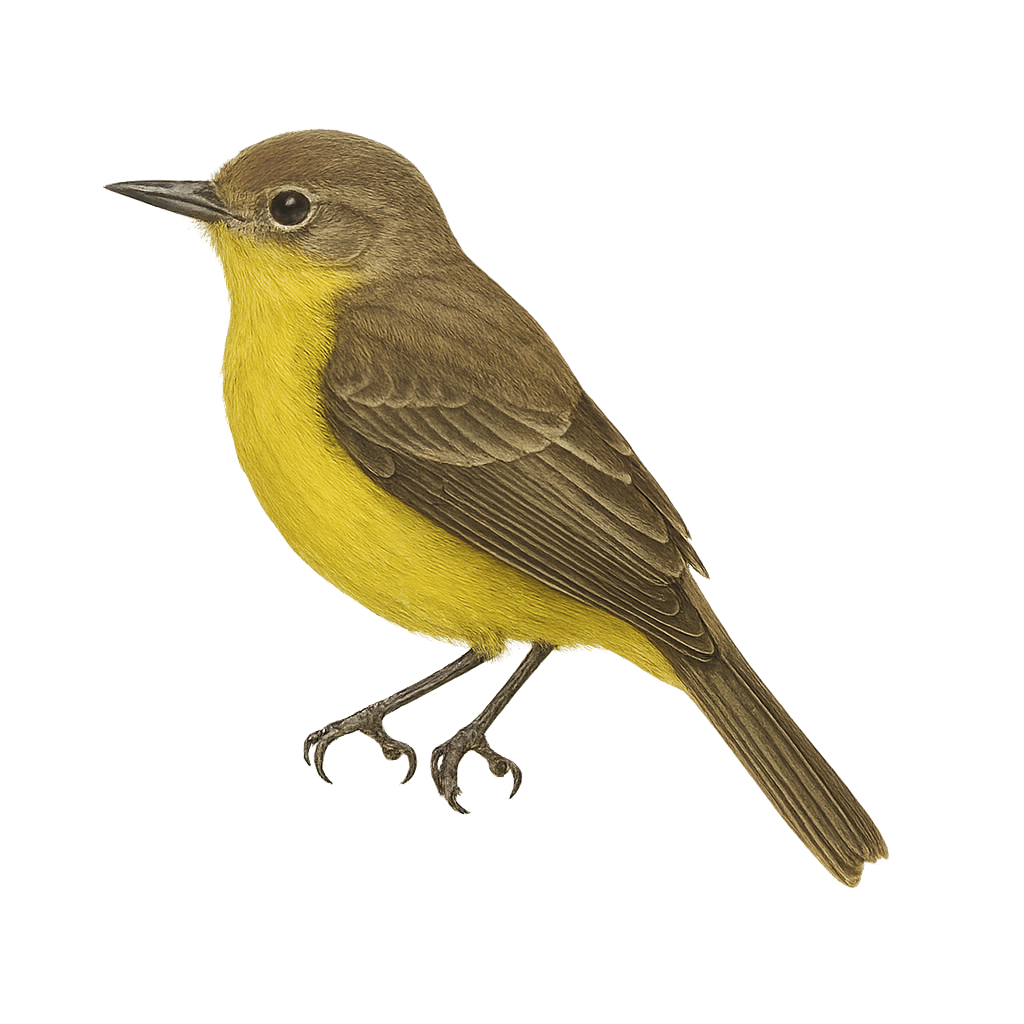Your wildlife photography guide.
Explore the yellow-bellied tyrannulet in detail, study its behavior, prepare your shots.
Where to observe and photograph the yellow-bellied tyrannulet in the wild
Learn where and when to spot the yellow-bellied tyrannulet in the wild, how to identify the species based on distinctive features, and what natural environments it inhabits. The WildlifePhotographer app offers tailored photography tips that reflect the yellow-bellied tyrannulet’s behavior, helping you capture better wildlife images. Explore the full species profile for key information including description, habitat, active periods, and approach techniques.
Yellow-bellied Tyrannulet
Scientific name: Pseudocolopteryx flaviventris

IUCN Status: Least Concern
Family: TYRANNIDAE
Group: Birds
Sensitivity to human approach: Suspicious
Minimum approach distance: 10 m
Courtship display: October to December
Incubation: 13-15 jours
Hatchings: October to December
Habitat:
Wetlands, marshes, bushes
Activity period :
Primarily active during the day, with peak activity in the morning and late afternoon.
Identification and description:
The Yellow-bellied Tyrannulet is a small passerine bird belonging to the Tyrannidae family. It is characterized by its bright yellow belly, contrasting with an olive-brown back. This bird is primarily found in the wetlands and marshes of South America, particularly in Argentina, Brazil, and Uruguay. It is often seen moving nimbly among reeds and bushes, searching for insects and small invertebrates. Although its song is subtle, it plays a crucial role in communication between individuals, especially during the breeding season. Despite its small size, it is an important player in its ecosystem, contributing to the regulation of insect populations.
Recommended lens:
400 mm – adjust based on distance, desired framing (portrait or habitat), and approach conditions.
Photography tips:
To photograph the Yellow-bellied Tyrannulet, it is advisable to use a 400mm lens or longer to capture precise details without disturbing the bird. Look for wetlands or marshes where it is active, especially in the morning. Be patient and discreet, as this bird is suspicious. Use a tripod to stabilize your camera and wait for it to perch on an open branch. The natural morning light can provide beautiful illumination to highlight its bright yellow plumage.
The WildlifePhotographer App is coming soon!
Be the first to explore the best nature spots, track rutting seasons, log your observations, and observe more wildlife.
Already 1 430 wildlife lovers subscribed worldwide

